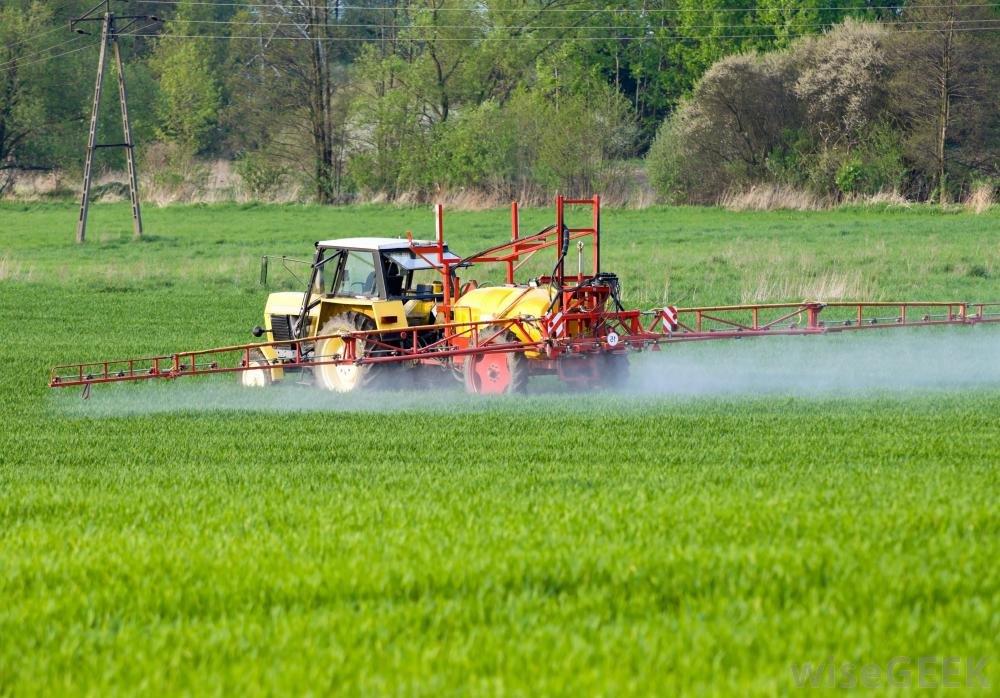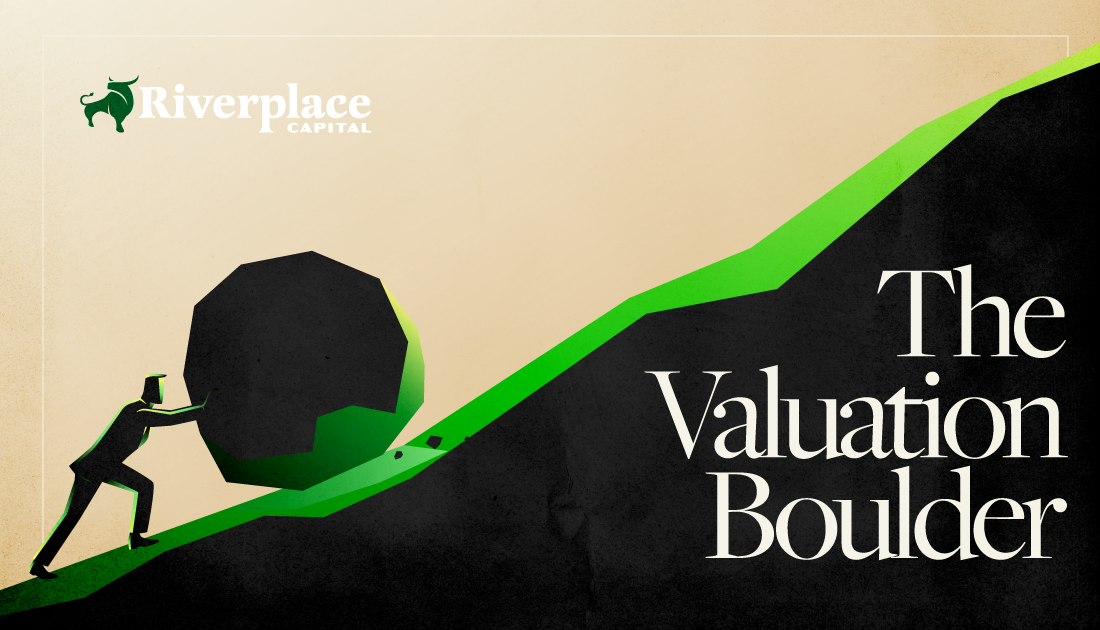
The world is awash with liquidity, yet interest rates remain stubbornly low and growth is hardly budging. Since the financial crisis of 2007-2009, the main policy response has been to make money cheaper with low interest rates and to provide plenty of it. The expectation was that this would lead to higher inflation, much faster GDP growth and a broad-based recovery.
Why then do we still have low inflation, too much money in the financial system, slow growth, and widening divergence between haves and have-nots?
Part of the answer is too much of the additional financial stimulus went to those institutions and people that did not need it. Banks got liquidity that they could not lend out, because of increased regulation and natural hesitation. The well-off and the rich benefited by being able to borrow or tap into this increased liquidity. The additional money trapped in the financial system did cause inflation, but not in everyday goods and services, but in financial assets. Those owners of these assets got the benefits of increased values; those who didn’t got left behind.
The well-off did buy more; more $10 million condos in N.Y., larger super yachts, more private jets, and other symbols of great wealth.
This spending simply did not trickle down very much to everyday citizens. It was too narrow and insufficient.
Companies mostly used additional liquidity to buy back stock to increase the value of the remaining shares. So the rich got richer and many got left behind. That is how we got here; broadening growth will take different policies. At this point that looks unlikely, so present trends will probably persist.
El Solo Toro




